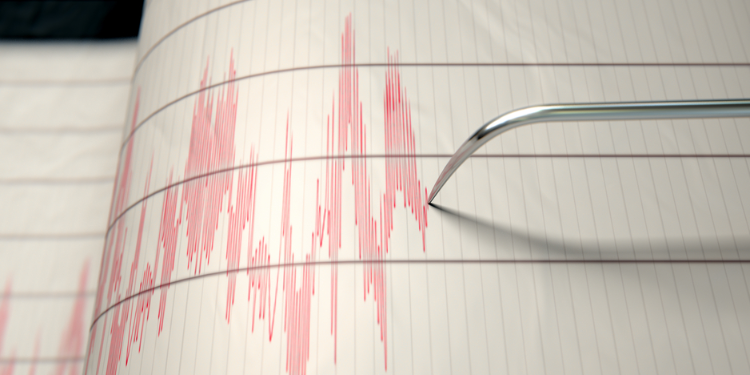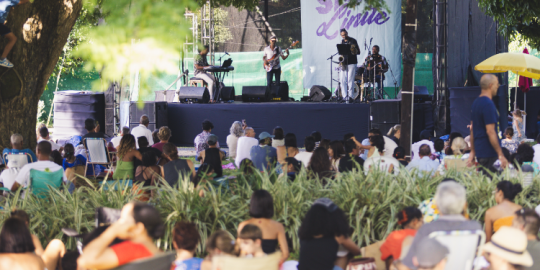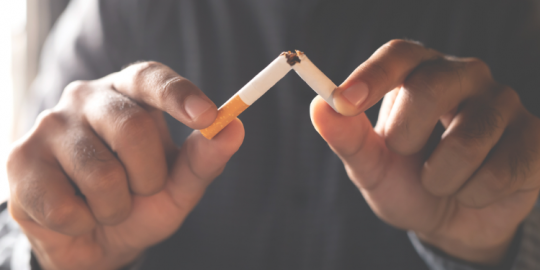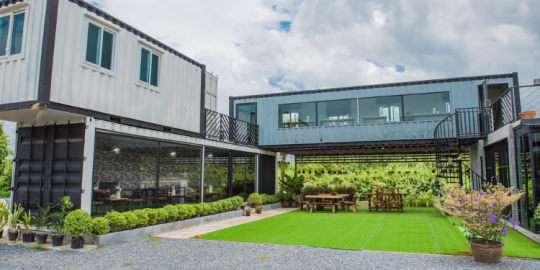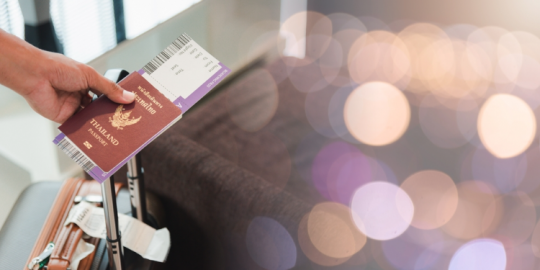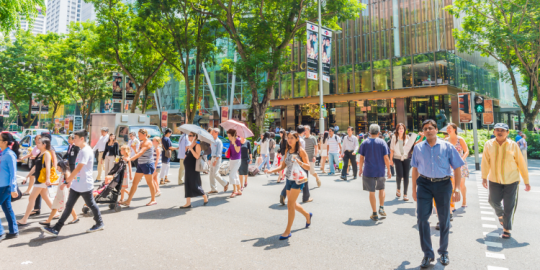The most earthquake-prone countries
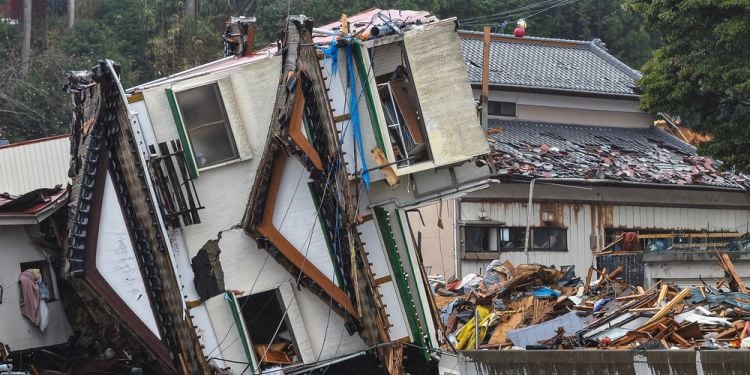
An earthquake's magnitude is measured in a number of ways. The most traditional method is the Richter scale, which measures the amount of energy that is released during an earthquake. Thus, an earthquake with a magnitude of three to five points is considered minor; from five to seven points is moderate to strong, and from seven to eight is major. In 2017, there were quite a few earthquakes worldwide with the biggest occurring in Mexico, the Philippines, Papua New Guinea, Russia, Iran, and New Caledonia.
Japan is the most susceptible country to earthquakes and tsunamis due to its physical geography (has 452 volcanoes) and location along the Pacific Ring of Fire — a tectonic plate in the Pacific Basin, which causes 90% of the total world's earthquakes and 81% of the world's strongest shakes. The 2011 earthquake that hit Japan, followed by a devastating tsunami, was the strongest in Japan and one of the five strongest in the world since earthquakes have been recorded. On the same tectonic plate, in 2004 Indonesia experienced the third-largest earthquake ever recorded, which killed about 170,000 people.
Nepal is one of the most seismogenic regions in the world due to the upward climb of Everest and the other mountains. The 2015 earthquake triggered an avalanche on Mount Everest, making it the deadliest day on the mountain in history. Also, the Indian tectonic plate is moving on average 47 mm per year, making the ground of India rather shaky.
Ecuador, the Philippines, and Pakistan are traditionally seismogenic countries, as well as the Republic of El Salvador, the smallest and most densely populated country in Central America. In the same region, Mexico, located on the top of three large tectonic plates (Cocos, Pacific, and the North American plate), is one of the most seismologically active regions on earth. The 8.1 magnitude earthquake which occurred in September 2017, was the strongest in 100 years.
In Europe, Greece, Italy, and Turkey are the most earthquake-prone countries, on the meeting point of the African and Eurasian tectonic plates.
How to protect yourself and your family
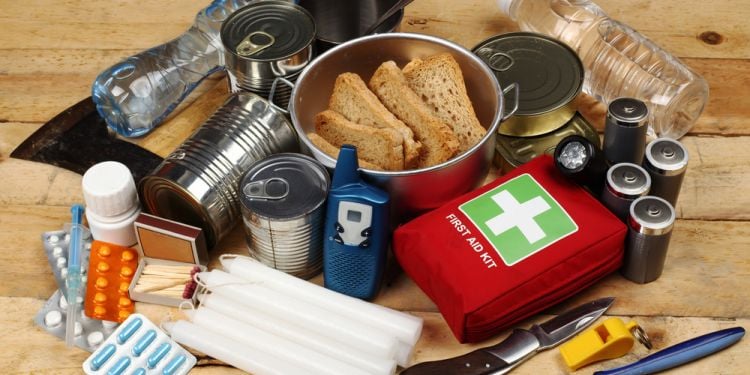
Knowing how earthquake-prone your host country is, and building awareness within your family regarding the risks that earthquakes pose is a good start to your safety. It's also very wise to not wait for the disaster to strike, but to have an earthquake readiness plan set in advance, which is in agreement with every family member. For example, even if you have never experienced an earthquake or another natural disaster in your expat destination, make sure you take the time to find out your area's emergency plans and temporary medical shelters, usually confirmed by the Red Cross or the Office of Emergency Services. Also, locate the nearest hospital, fire and police station in your area.
When choosing your house abroad, don't only base your choice on location and aesthetics, but also examine the quality of the construction. If the house is already furnished, it's important to consider how the furniture is secured. For example, how stable are bookshelves and is it a good idea to have a glass dining table? It's common knowledge that most injuries during earthquakes are caused by falling objects, not collapsing buildings.
Once in your home, detect all the possible exits and keep them clear at all times. Also, establish a place in each room of the house that you can search for shelter in case of an earthquake. Generally, it should be a spot, such as a doorframe, where nothing is likely to fall on you. Keep a survival emergency kit with water, canned food, dust masks and goggles, flashlight, radio, batteries, and matches in an accessible place, and know how to turn off your gas and water mains.
During the earthquake, your first instinct should be to stay (calm), drop, and cover under a desk or table. In no occasion, it is advisable to rush outdoors during the earthquake, as many accidents occur on falling staircases and broken elevators. If you are on the street during the earthquake, stay away from windows, buildings, trees, and power lines.
After the tremor has stopped, turn on the radio for emergency instructions and disaster reports, and use your phone for emergency calls only so you don't keep the lines busy. Inspect your home for damage as soon as possible, and if necessary, ask for a professional evaluation. Aftershocks, especially after big earthquakes, are very common and should be tackled as responsibly and calmly as the main earthquake.
